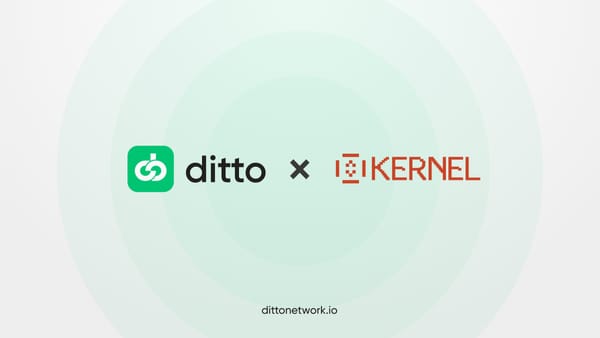What is Intent-Centric Approach in Blockchain?
Intent-centric blockchain design means, you just state what you want, and the solvers make it happen with the help of smart contracts.

Intent-centric design is becoming more common. According to Oxford Languages, the word intention means “an aim or plan,” but in blockchain, if you ‘aim’ or ‘intend’ to do something, you are generally required to execute all the steps yourself.
When you ‘aim’ to buy 100 $EIGEN, you need to find the seller (or DEX-CEX), you need to find a good ratio, fill in the order, manage the gas fee and approve the transaction on your wallet etc. But, do you really need to take all those steps? Isn’t your ‘aim’, or ‘intention’ enough? In the world of smart contract automation and the era of DeFi growth, you have better options now.
Intent-Centric Design in Blockchain
Intent-centric blockchain design means, you just state that you want 100 $EIGEN, and the solvers make it happen with the help of smart contracts. It’s like having an assistant, getting you what you want.
“Intent-based design is the kernel that has birthed the bag of popcorn called chain abstraction – aka building an application that interacts with multiple chains while feeling like a single, interconnected “crypto” experience.” - Li.Fi Blog
With thousands of web3 projects available — Layer-1, Layer-2, Layer-3 and Layer-0 protocols, as well as bridges and interoperability solutions, it is becoming increasingly problematic for users to detect which avenue is the best option. Or even, they might not have an awareness of their options.
For example, in a normal transaction, while you would have to state ‘do A then B, pay exactly C to get X in return, in an intent-centric design, you would state ‘I want X and I’m willing to pay up to C’, the rest is taken care.
In the transaction-based flow, a transaction signature enables the Ethereum validator to follow exactly one computational path against a particular state while a tip incentivizes the validator to do so. On the other hand, intent-centric architecture does not involve specification on exactly what computational path must be taken, but rather allows for any path which satisfies certain conditions.
By signing and sharing an intent (or multiple intents at a time), a user effectively grants recipients permission to choose a computational. This approach aims to simplify blockchain interactions, making them more intuitive and user-centric.
Intent solutions propose to take care of the details for the user. By saving them gas fees or executing a trade at the most profitable rate.
The main benefits of using Intents:
- Speed: Transactions are completed swiftly, with Solvers managing the complexities.
- Cost Efficiency: By optimizing transaction steps, and the fact that multiple transactions can be consolidated into a single optimized transaction, intent-centric architecture can cut down on costs.
- Privacy and Safety: Users only need to state the purpose, without revealing the detailed steps to complete it, which improves privacy. By relying on appointed pathways tested by solvers, transactions can be safer.
- User Experience: Simply stating an intent streamlines interactions, subsequently saving time and effort. Which can be fatal for building scalable decentralized applications.
There are also several disadvantages and risks of Intent-focused philosophy, such as centralization, reorganization, and scalability risks. But thanks to our design and help from Li.Fi, we are able to track triggers and initiate the solvers (they are the real heroes here) to fulfill transactions easily & quickly, without such risks.
By using Li.Fi’s API we can find the most optimal path to make transactions. And deliver the best smart contract automation for everyone who is building scalable decentralized applications.
What are solvers in blockchain?
Solvers are the backbone of intent-centric protocols. They facilitate swift and economical transfers between blockchains. These agents provide the necessary capital upfront to deliver the desired assets to users on the target chain instantly. This setup resembles a short-term loan where users pay a fee for the benefit of quick service.

Solvers need to constantly rebalance to fulfill cross-chain intents. While some intent-based protocols have a staking requirement for solver’s to participate in their order-flow auctions and can be open to everyone, many protocols are permissioned, meaning they have gatekeepers who decide who can participate.
Intent-Centric Philosophy and Ditto Network
Ditto Network provides automation tools for developers and end-users with strong guarantees on the inclusion of intent-driven actions, at the risk of getting slashed through EigenLayer integration and Symbiotic’s shared security.

Ditto Network users can trade assets reliably based on any on-chain or off-chain triggers, backed by economic guarantees for utmost reliability, only with their intentions. Thanks to the intent-focused design of Ditto, developers or users can set automations such as “Buy 1 BTC every Monday at 10.00 o’clock” and the rest will be taken care of by our solvers (thanks to LiFi) and your execution will be guaranteed economically (thanks to EigenLayer and Symbiotic).




